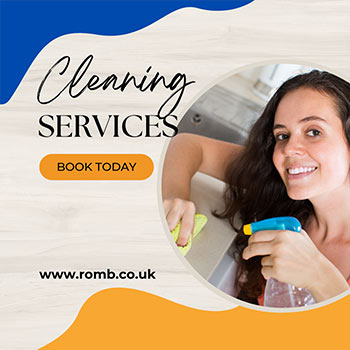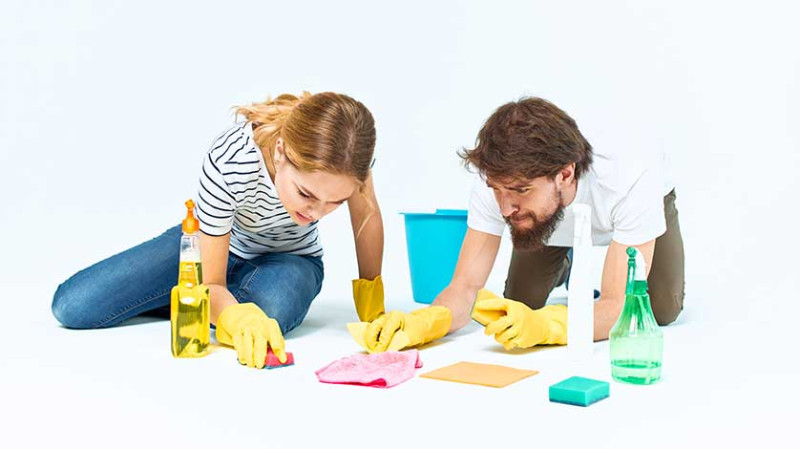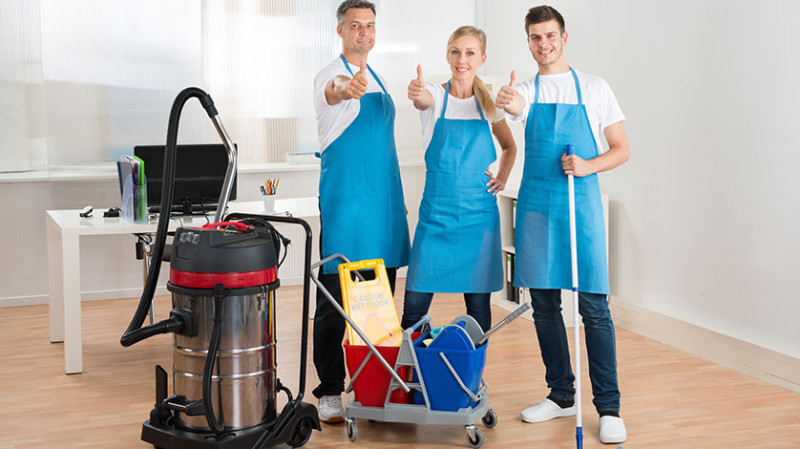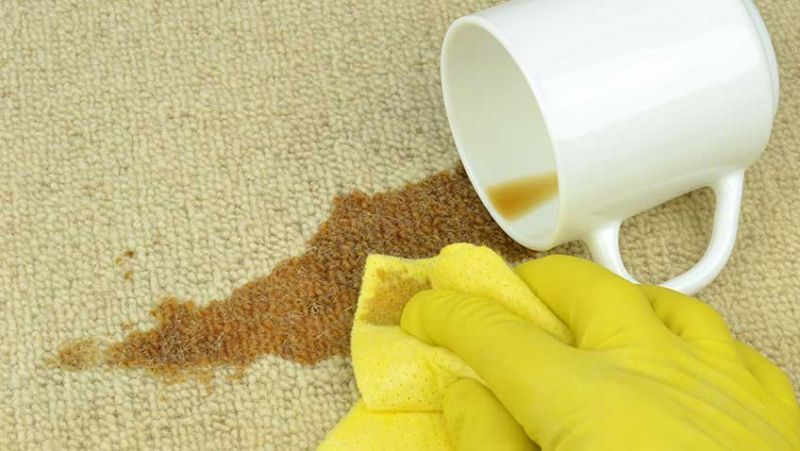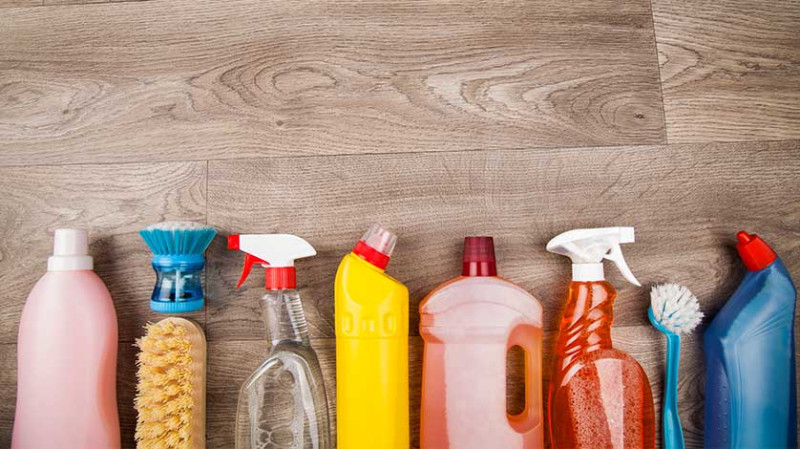
Hardwood floors are timeless, elegant, and durable—but only if they're maintained correctly. Whether you're a DIY enthusiast tidying up your new renovation or a professional tradesman adding those perfect finishing touches, learning how to clean hardwood floors naturally can help preserve their beauty for years to come. Plus, there’s the added benefit of avoiding harsh chemicals, making your home safer and more eco-friendly. Here's everything you need to know to get those floors spotless and gleaming.
Why Natural Cleaning is Better for Hardwood
Conventional hardwood floor cleaners often include harmful chemicals that may degrade wood over time, dull its finish, and introduce toxins into your home. For homeowners and young professionals across the UK conscious of indoor air quality and environmental impacts, natural alternatives offer peace of mind and fantastic results without compromise.
Natural cleaning agents, like vinegar, lemon juice, olive oil, and essential oils, are gentle yet effective when used correctly. They also help in maintaining the integrity of wood grain and the finish without leaving behind sticky, residue-prone chemicals.
Additionally, using homemade or eco-focused solutions reduces plastic bottle usage and commercial waste—something more and more architects and interior designers are considering in their designs and presentations. Builders and tradesmen are also benefiting by offering clients a cleaner, greener aftercare solution post-installation.
Daily Care Tips to Keep Your Floors Looking New
Everyday care and preventive maintenance are crucial to ensuring your hardwood flooring stays clean and undamaged. Acting daily means less scrubbing down the line and prevents the build-up that could threaten your floor’s shine and finish.
Start by dry sweeping or vacuuming using a soft bristle attachment—this removes grit and dirt that can scratch the surface. Dust mops work beautifully, especially those made from microfiber or with anti-static properties. Avoid brooms with stiff bristles, as these may leave tiny scratches and wear down your protective topcoat.
Another simple tip: remove your shoes, or at least avoid hard soles and high heels that can dent wood or drag in debris. Consider a quality doormat at all entrances to keep outside muck where it belongs—in the doormat fibers.
The Best Natural Homemade Cleaning Solution
One of the most popular and cost-effective solutions for cleaning hardwood floors naturally is a combination of white vinegar and water. Here's a simple, fail-proof mix that works wonders on sealed hardwood:
- 4 litres of warm water
- 120 ml (½ cup) of distilled white vinegar
- Optional: 5–10 drops of essential oil (like lavender or lemon for fragrance)
Mix the ingredients in a large bucket and dampen a mop—microfiber is best for avoiding over-saturation—with the solution. Wring the mop thoroughly until it's just lightly damp. Excess water is a hardwood floor’s enemy and can warp and dull wood over time. Always test in an inconspicuous area first.
If your floors are extra grimy, mix in a teaspoon of mild, eco-friendly dish soap. This boosts the cleaning power without compromising the natural integrity of your flooring or finishes.
Getting That Extra Shine – The Natural Way
While cleaning is one thing, making hardwood floors shine naturally is another. Shiny floors aren't just about cleanliness—they reflect good care and enhance the room's brightness and design appeal. Here’s how to get that glossy glow:
After your floors are cleaned and dry, you can buff them with a dry microfiber cloth or mop, working in the direction of the grain. This simple step reflects light better and brings out the wood’s natural charm.
To enhance the shine further, use a natural polish once a month or as needed. A popular homemade polish is:
- 1 tablespoon olive oil
- 1 tablespoon white vinegar
- 500 ml warm water
Apply the solution with a soft mop or cloth and buff until the shine returns. Not only does olive oil moisturise the wood naturally, but vinegar helps cut through any remaining residue for streak-free results. Again, test in a small area first.
Common Mistakes to Avoid When Cleaning Hardwood
Despite the best intentions, it's easy to damage hardwood floors without realising. Being aware of these common mistakes can save you from costly repairs and early restoration jobs.
- Over-wetting the floor: Excess water seeps into cracks and can cause swelling or warping. Always use a damp mop, not wet.
- Abrasive tools: Steel wool or rigid scrubbing brushes should never touch hardwood. Opt for microfiber or soft cloths instead.
- Wrong cleaners: Avoid ammonia, bleach, and high-pH cleaners. They’ll strip the finish and may cause discolouration.
- Skipping spot tests: Always test your cleaning solution and polish in a corner or under furniture before applying on a large scale.
- Not drying floors: After any cleaning or polishing, ensure your floor is bone-dry before walking across or moving furniture.
Awareness of these pitfalls is critical, especially for professional builders and renovators handing over properties to clients who expect longevity and elegance from their flooring investment.
Quick Guide Table: Do’s and Don’ts for Natural Hardwood Cleaning
| Do | Don't |
|---|---|
| Use natural solutions like vinegar and water | Use bleach or ammonia-based cleaners |
| Dry mop or vacuum daily to prevent dirt build-up | Wet mop with excessive water |
| Buff floors after mopping to restore shine | Scrub with abrasive brushes or steel wool |
| Test cleaners in a hidden area first | Apply polish or cleaners directly without patch test |
| Use microfiber cloths and mops | Walk with shoes or high heels across floors often |
When to Call in the Professionals
Natural cleaning solutions and proper technique work wonders, but sometimes, aged flooring with scratches or stubborn stains may need the expert touch. If you're dealing with discolouration, warped planks, or severely dulled areas, calling in a professional restoration service may be wise.
This is also a consideration for designers and architects introducing hardwood elements in premium residential builds—maintenance plans and professional aftercare can actually become part of the value proposition when presenting to clients.
Professional services generally use sanding, resealing, or buffing systems that bring life back to worn floors in a way natural cleaning can’t substitute. Nonetheless, consistent DIY care delays the need for this major work and keeps the floors looking magnificent for longer.
Final Thoughts
Cleaning your hardwood floors naturally is not only healthier for your home but better for your flooring in the long run. Using simple pantry items and pro-approved techniques, you can maintain that rich, wooden glow and impressive finish with ease.
Whether you’re a homeowner revamping your flat in London, a tradesman finishing off a project in Manchester, or a designer polishing up mood boards in Edinburgh—these tips equip you with the know-how to make your hardwood floors shine naturally, sustain their elegance, and wow every guest who walks through your door.
